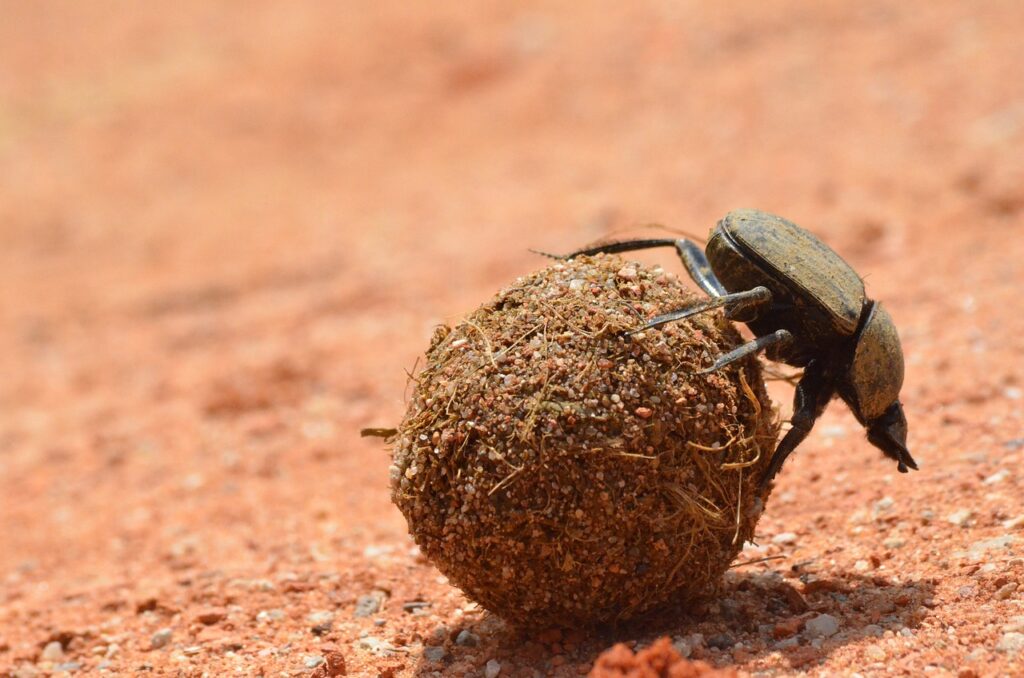
When we think of powerful animals, our minds often drift to towering elephants, ferocious lions, or powerful bears. However, true power isn’t always about sheer size. Some of the most remarkable examples of strength, speed, and agility come from creatures whose abilities are extraordinary when measured relative to their body size. This article delves into some of the most impressive animals on Earth, exploring their unique abilities, the science behind them, and their role in the ecosystem.
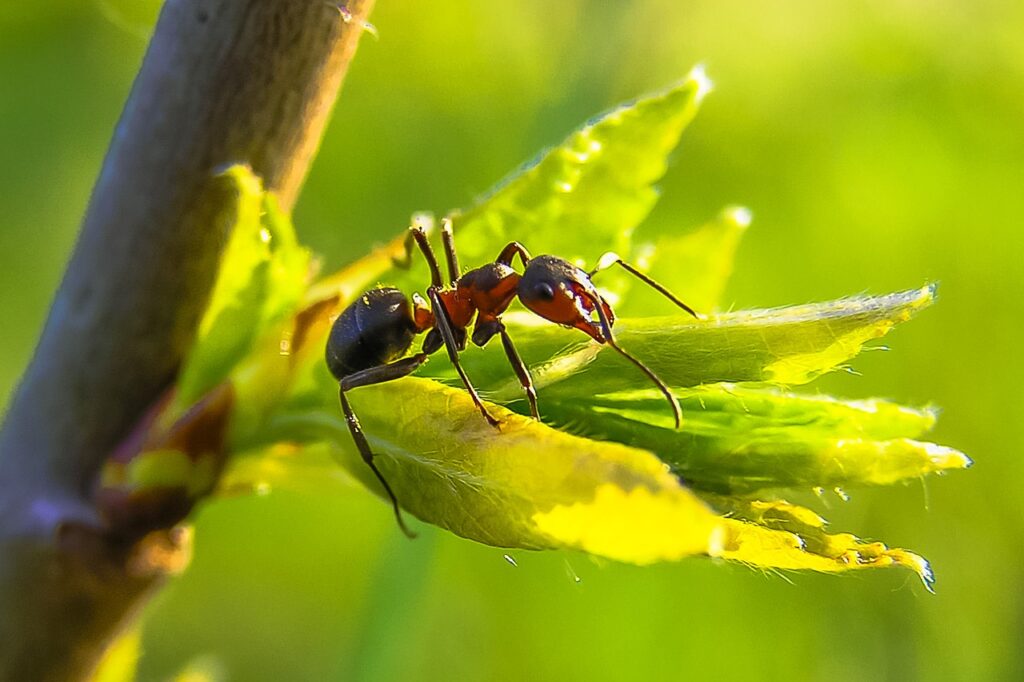
1. Ants: Nature’s Tiny Powerlifters
Ants are a quintessential example of strength relative to size. These industrious insects can lift and carry objects weighing up to 50 times their body weight. Certain species, such as the leafcutter ant, can carry leaf fragments many times larger than themselves back to their nests to cultivate fungus for food.
Why Are Ants So Strong?
Ants owe their incredible strength to their small size and muscle structure. Muscles in smaller animals are more effective because their cross-sectional area—which determines force—does not increase as quickly as body weight. This allows ants to leverage their muscular efficiency and perform feats that would be impossible for larger creatures.
- Fun Fact: The Asian weaver ant can carry objects up to 100 times its weight.
- Ecological Role: By clearing organic debris and aerating soil, ants are essential to ecosystem health.
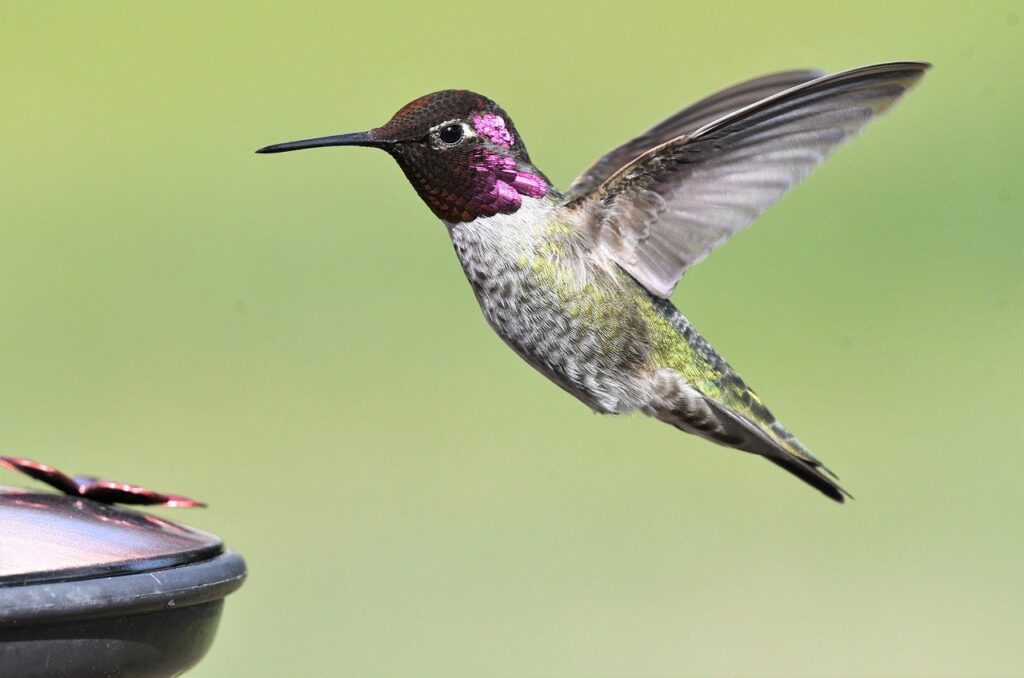
2. Hummingbirds: The Aerial Acrobats
Hummingbirds defy conventional limits of flight. These tiny birds can hover in place, fly backward, and reach speeds of up to 50 miles per hour. Their agility in the air makes them unique among birds.
What Makes Hummingbirds So Agile?
Hummingbirds have a unique ball-and-socket joint at the shoulder, allowing them to rotate their wings in all directions. This enables them to beat their wings up to 80 times per second.
- Energy Efficiency: They consume nectar every 10-15 minutes to fuel their high metabolism.
- Migration Feats: Some species, like the ruby-throated hummingbird, migrate over 1,000 miles non-stop.
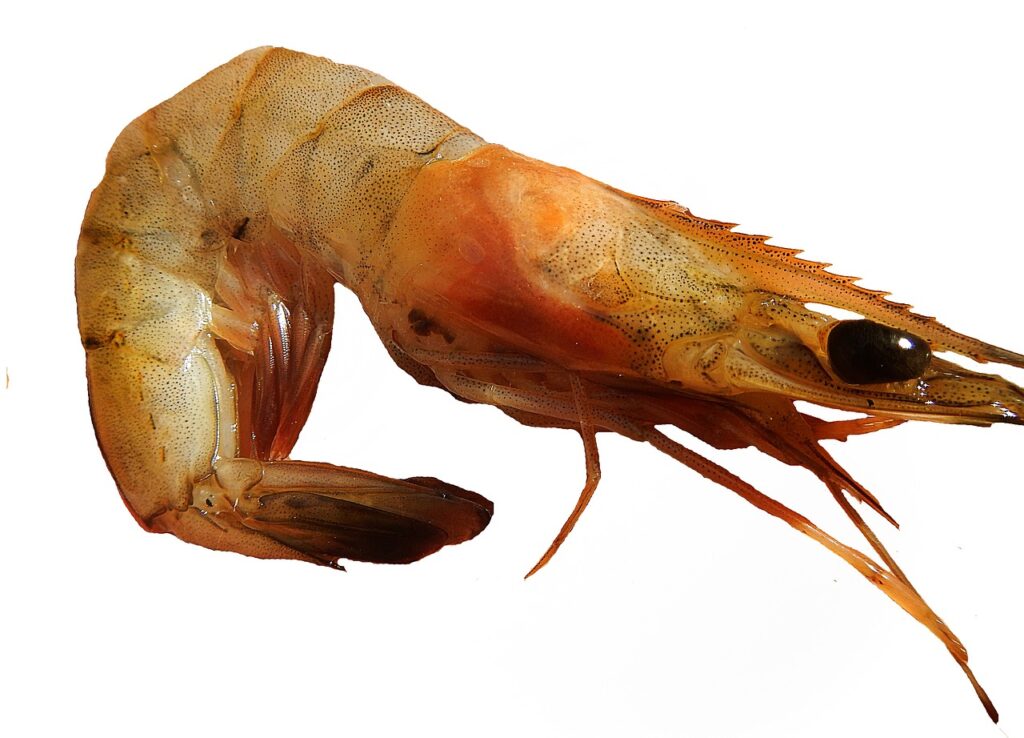
3. Mantis Shrimp: The Punching Powerhouses
Mantis shrimp are small marine creatures, but their punch is legendary. With a strike speed of 50 miles per hour, they deliver one of the fastest and most powerful blows in the animal kingdom.
The Mechanics of the Mantis Shrimp Strike
The mantis shrimp’s club-like appendages act like spring-loaded weapons. By storing energy in elastic structures, they unleash rapid strikes capable of smashing shells and even cracking aquarium glass.
- Strike Force: Equivalent to the force of a bullet.
- Vision: Their eyes can see polarized light and 12 color channels (compared to humans’ three).

4. Spiders: Masters of Strength and Agility
Spiders are renowned for their web-spinning abilities and predatory skills. Spider silk is stronger than steel of the same diameter and is used to construct intricate webs to capture prey.
Why Are Spiders So Strong?
Spider silk owes its strength to its protein structure, which combines elasticity and tensile strength. Spiders can also move with remarkable precision and speed across their webs.
- Example: The Darwin’s bark spider produces silk 10 times stronger than Kevlar.
- Adaptation: Some species, like jumping spiders, can leap several times their body length to ambush prey.
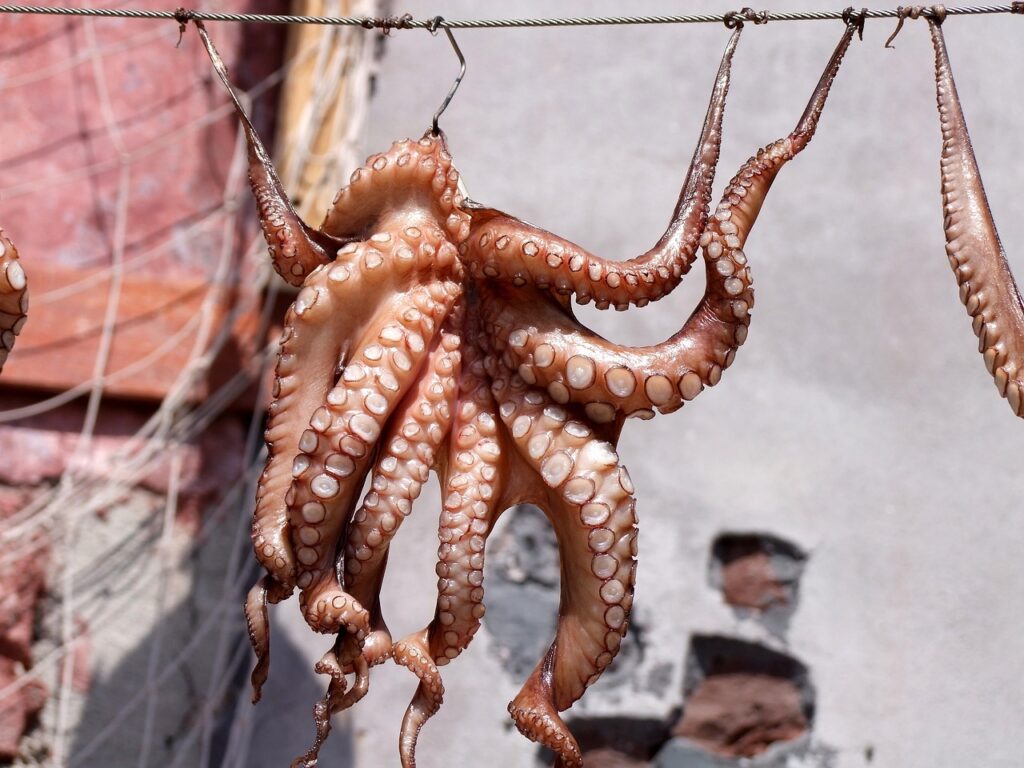
5. Octopuses: Escape Artists of the Deep
Octopuses are highly intelligent and incredibly agile marine animals. They can manipulate objects, open jars, and squeeze through tiny spaces no larger than their beak.
How Do Octopuses Achieve This?
With no rigid skeleton, octopuses rely on muscular hydrostats—a system of muscles working against each other – to achieve extraordinary flexibility. Their arms are lined with powerful suckers capable of exerting significant force.
- Camouflage: Octopuses can instantly change their skin color and texture to blend into their surroundings.
- Problem-Solving Skills: They exhibit advanced learning abilities and short-term memory.

6. Trap-Jaw Ants: Lightning-Fast Reflexes
Trap-jaw ants have the fastest mandibles in the animal kingdom. Their jaws snap shut at speeds of 140 miles per hour, allowing them to capture prey or propel themselves away from danger.
How Do Their Jaws Work?
The ants use a latch-and-spring mechanism powered by muscles, enabling their jaws to release stored energy in a fraction of a second.
- Adaptation: Their jaw reflex doubles as a defense mechanism and a means of escape.
- Ecological Impact: By preying on other insects, they help regulate populations within their habitats.

7. Peregrine Falcons: The Speed Demons
While larger than most animals on this list, peregrine falcons hold the title of fastest animal on Earth. They reach speeds of over 240 miles per hour during a hunting dive.
What Makes Peregrines So Fast?
Their streamlined bodies and powerful chest muscles, combined with specialized feathers that reduce drag, allow them to reach unparalleled speeds.
- Keen Eyesight: Peregrines can spot prey from over a mile away.
- Predatory Precision: Their high-speed dives enable them to strike prey mid-air.

8. Froghoppers: Nature’s Catapults
Froghoppers, also known as spittlebugs, are small insects with an extraordinary jumping ability. They can leap up to 100 times their body length, rivaling fleas in jumping prowess.
Jumping Mechanism
Froghoppers use their hind legs and stored energy in elastic structures to achieve their impressive jumps. Their leaping ability helps them evade predators and move between plants efficiently.
- Acceleration: They experience 400 times the force of gravity during takeoff.
- Agricultural Role: Froghoppers feed on plant sap, impacting crop health.

9. Rhinoceros Beetles: Herculean Strength
Rhinoceros beetles are among the strongest animals relative to their size. They can lift objects up to 850 times their body weight, making them true champions of strength.
Why Are They So Strong?
Their strength lies in their exoskeleton and powerful muscles adapted for pushing, pulling, and fighting during mating competitions.
- Behavior: Males use their horns to duel for mates.
- Ecological Role: They help decompose plant material, recycling nutrients back into the soil.
Conclusion
From ants lifting objects many times their weight to mantis shrimp with punches like bullets, these animals showcase the incredible diversity of power in nature. By understanding their adaptations and abilities, we gain insights into the ingenuity of evolution and the interconnectedness of ecosystems.
Power isn’t just about size; it’s about how efficiently an animal uses its resources. Whether it’s the agility of a hummingbird or the raw strength of a rhinoceros beetle, each of these creatures exemplifies the remarkable capabilities of the natural world – reminding us of the wonders that exist in even the smallest forms of life.